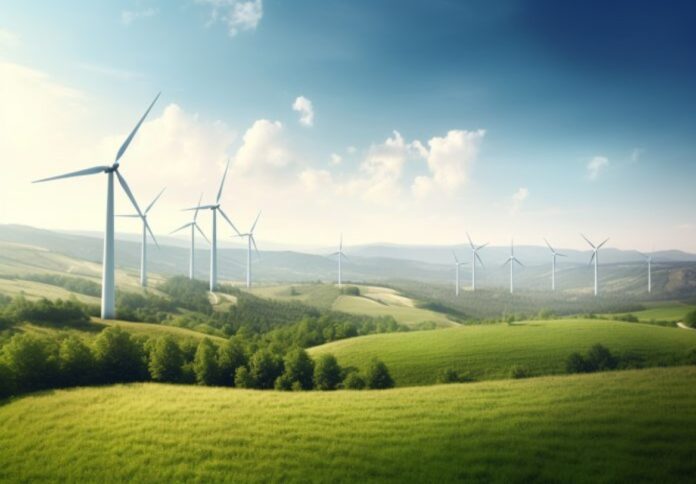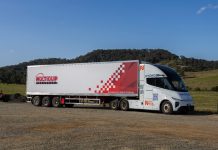
The Albanese Government has announced a $5 billion Net Zero Fund aimed at supporting Australia’s industrial sector to reduce emissions and scale up low-emissions technologies as part of the nation’s net zero plan.
The new fund, which will be delivered through the $15 billion National Reconstruction Fund (NRF), is intended to help heavy industry invest in new equipment, technologies and processes to decarbonise production.
According to the government, the measure is designed to ensure facilities remain competitive while maintaining jobs, particularly in regional and outer-suburban areas.
Minister for Industry and Innovation and Minister for Science, Tim Ayres, said the fund is a significant step in ensuring industry remains viable in a changing global economy.
“The Net Zero Fund will be a vital component of the Albanese Labor Government’s industrial strategy, which already represents the biggest pro-manufacturing investment in Australian history,” he said.
The government confirmed it will consult with industry in the coming days on the design of the fund and the policy settings required to attract large-scale investment.
This consultation will also consider ways to align the fund with the investment objectives of the Clean Energy Finance Corporation.
Ayres said the fund would help industry transition while protecting jobs. “As Australia reduces its emissions, the Albanese Labor Government will ensure that Australian industry remains competitive and resilient, and that the energy transition is coordinated in a way that creates opportunity for Australian workers in carbon-intensive occupations,” he said.
The $5 billion initiative forms part of the broader Industry Sector Plan, released alongside the announcement, which outlines how the industry and waste sectors can lower emissions while boosting competitiveness.
The plan builds on the government’s existing policies, including the $22.7 billion Future Made in Australia package to support green iron, aluminium and battery storage technologies, and the Capacity Investment Scheme, which is targeting more than 40 gigawatts of additional energy capacity by 2030.
Ayres said recent assessments highlighted the urgency of action. “The Climate Risk Assessment Report, the first of its kind in Australia, clearly shows what’s at stake if we don’t provide the right kind of leadership that Australia needs at this critical juncture,” he said.
The government said the new funding would support investments at some of Australia’s largest industrial facilities to enable the transition to less carbon-intensive manufacturing and production processes. Ayres added that the initiative is intended to make up for delays in previous policy.
“The Albanese Government is making up for lost time, reversing the Coalition’s decade of underinvestment in the energy grid and leading Australian industry to a more competitive, resilient future in a more productive economy,” he said.

















